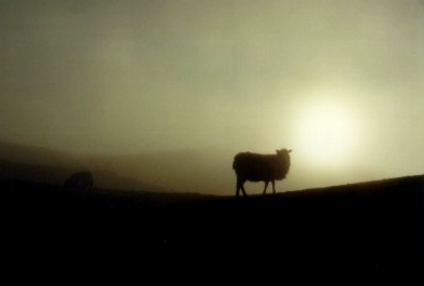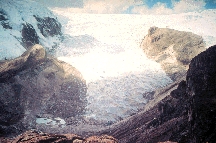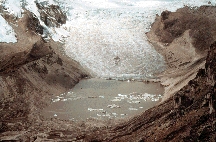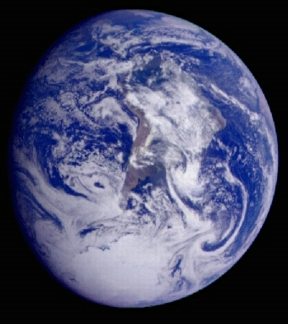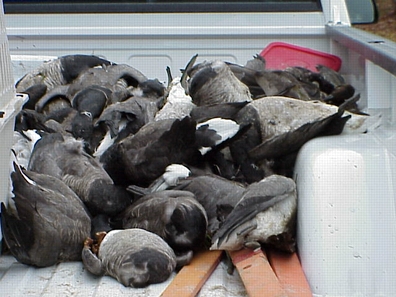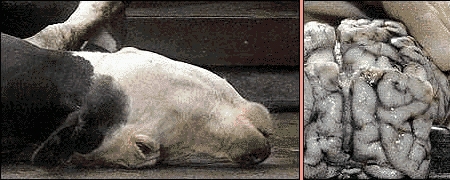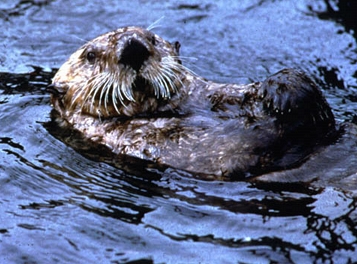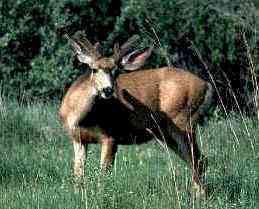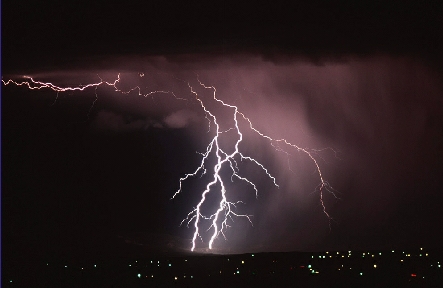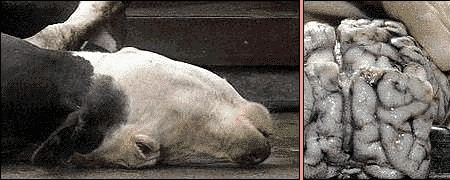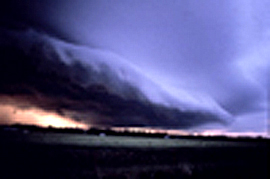
March 21, 2001 - It was only six months ago that Presidential campaigner George Bush pledged to regulate power plant emissions of carbon dioxide in order to help reduce global warming. But this month as president, he has now reversed himself saying there is a national energy crisis. At the same time, a study was published in the journal Nature confirming unequivocally that greenhouse gases are increasing. Scientists at London's Imperial College compared 1997 infrared reflections of carbon dioxide, methane and ozone from Earth's surface and found less was escaping into space compared to satellite data in 1970. Atmospheric physicist John Harries said, "We're absolutely sure; there's no ambiguity. This shows the greenhouse effect is operating, and what we are seeing can only be due to the increase in the gases."
Click here to subscribe and get instant access to read this report.
Click here to check your existing subscription status.
Existing members, login below:


